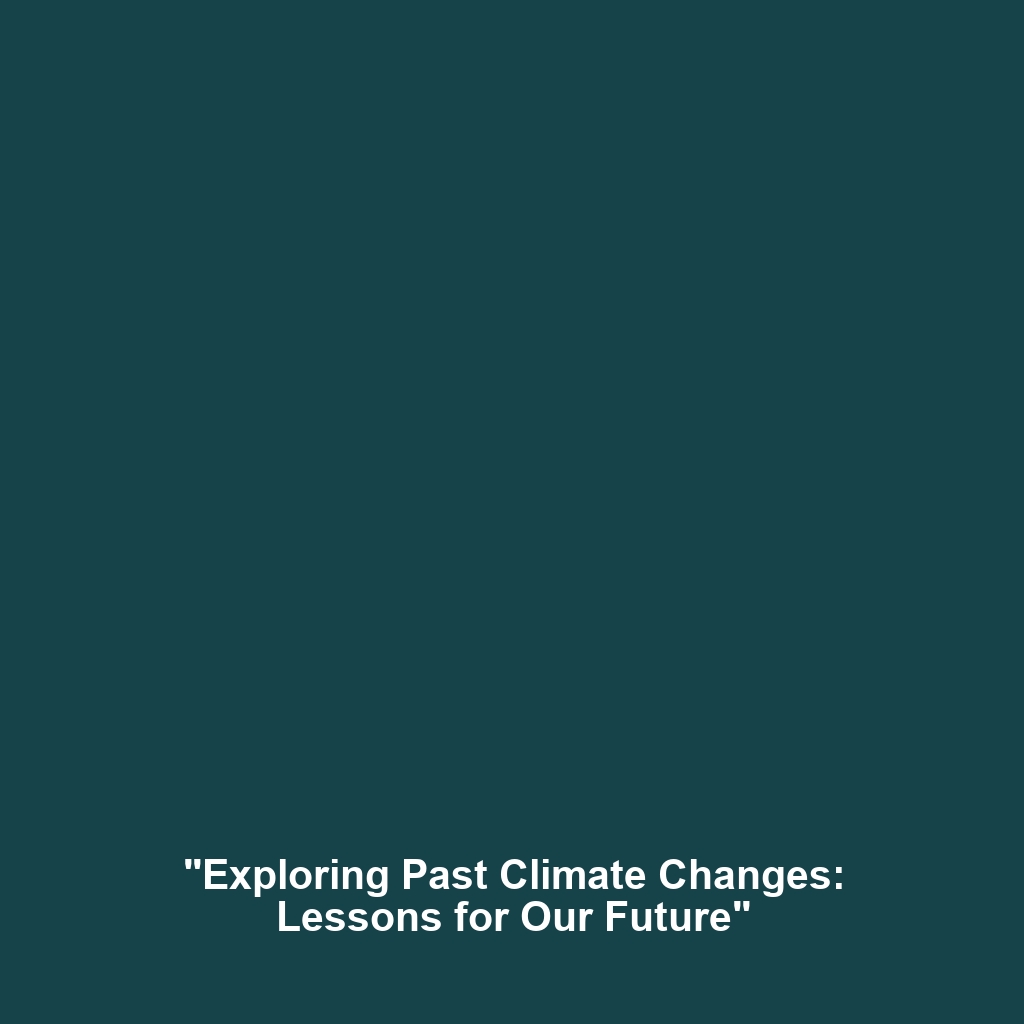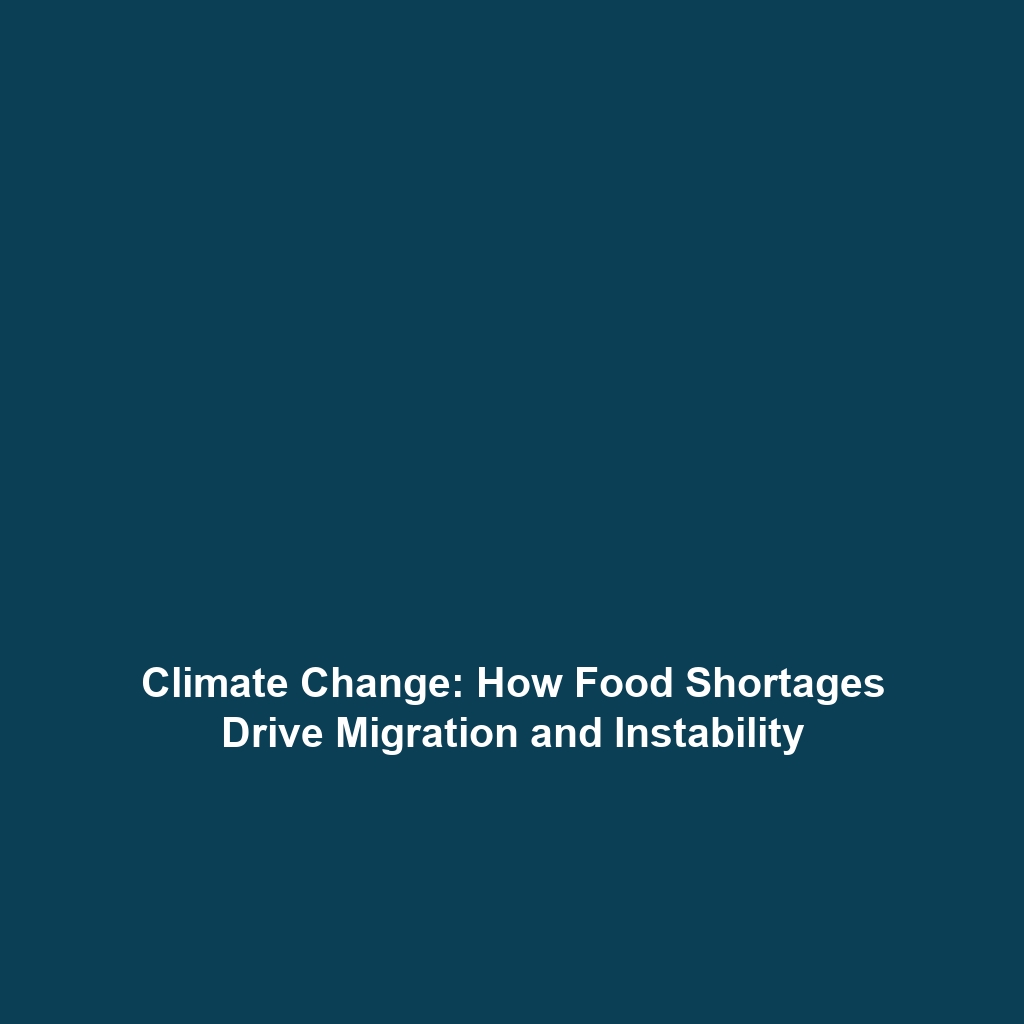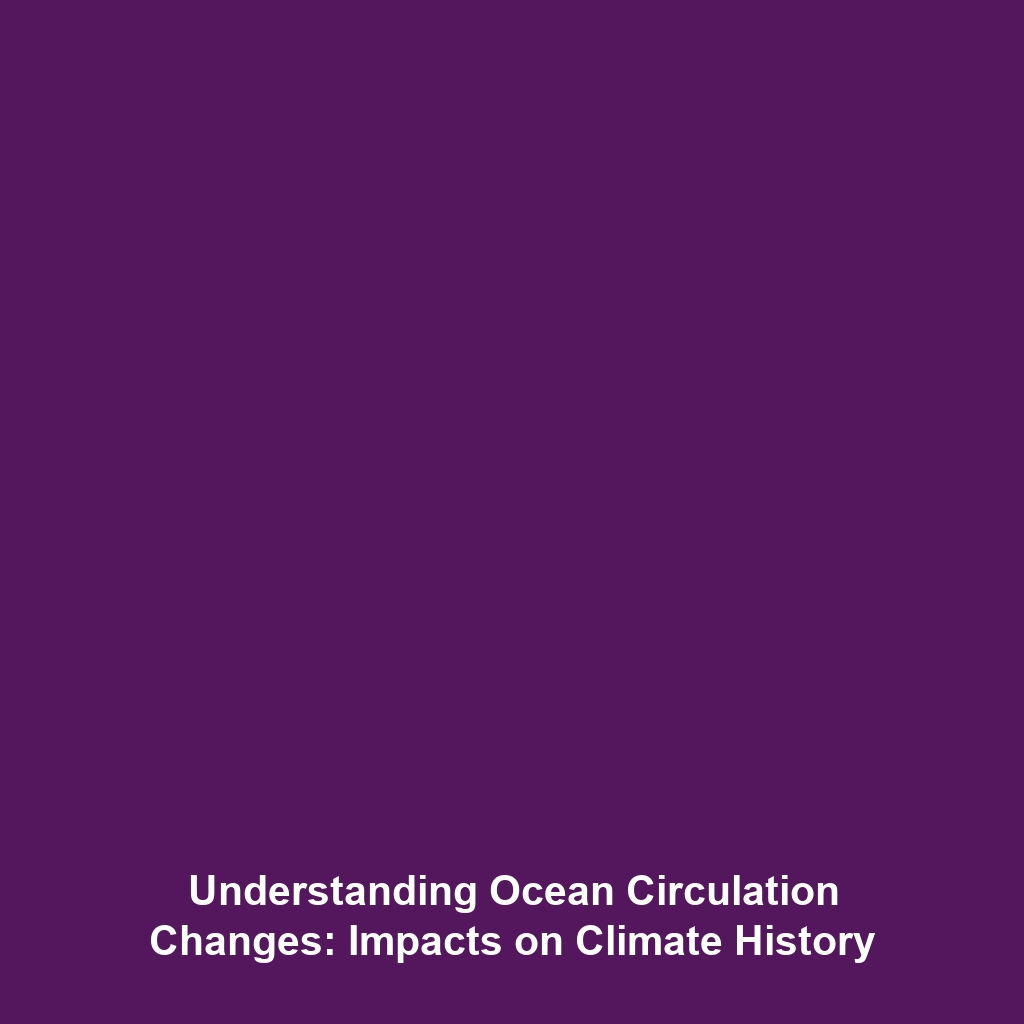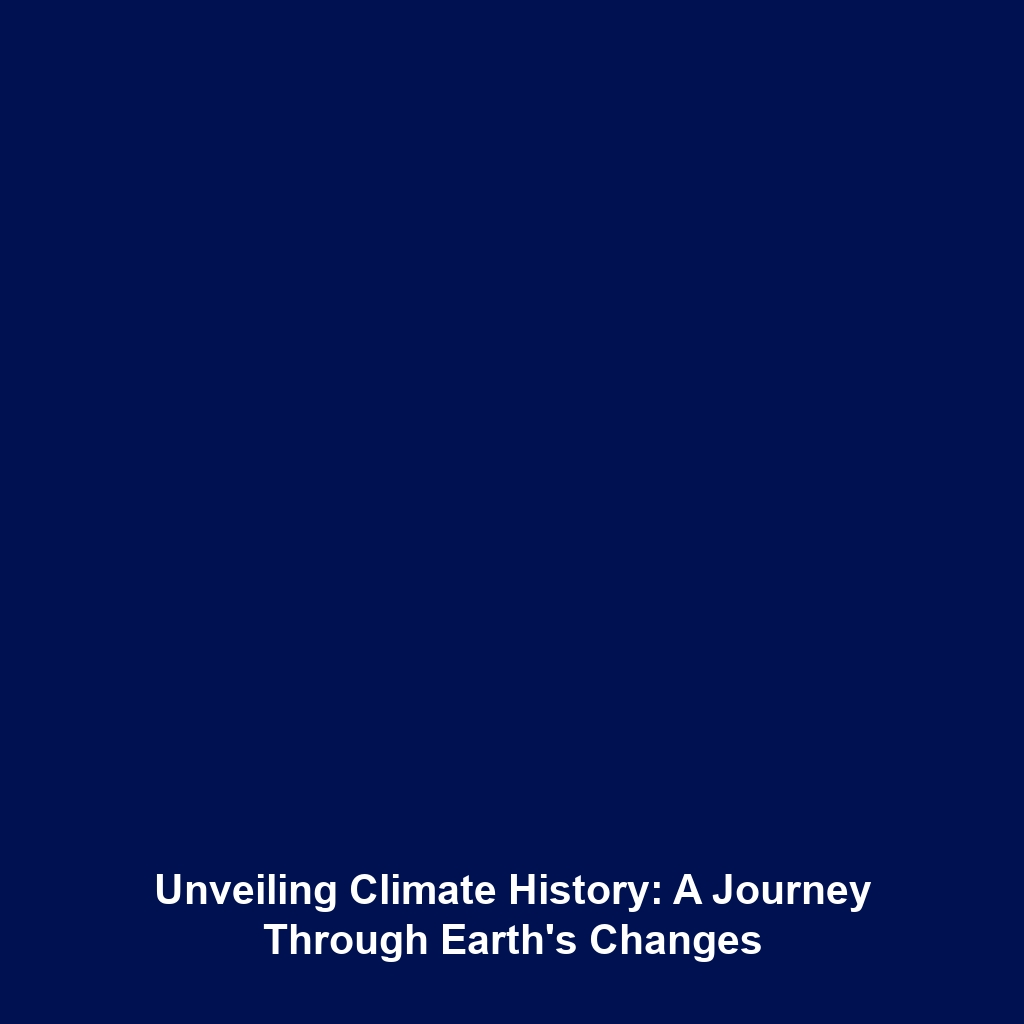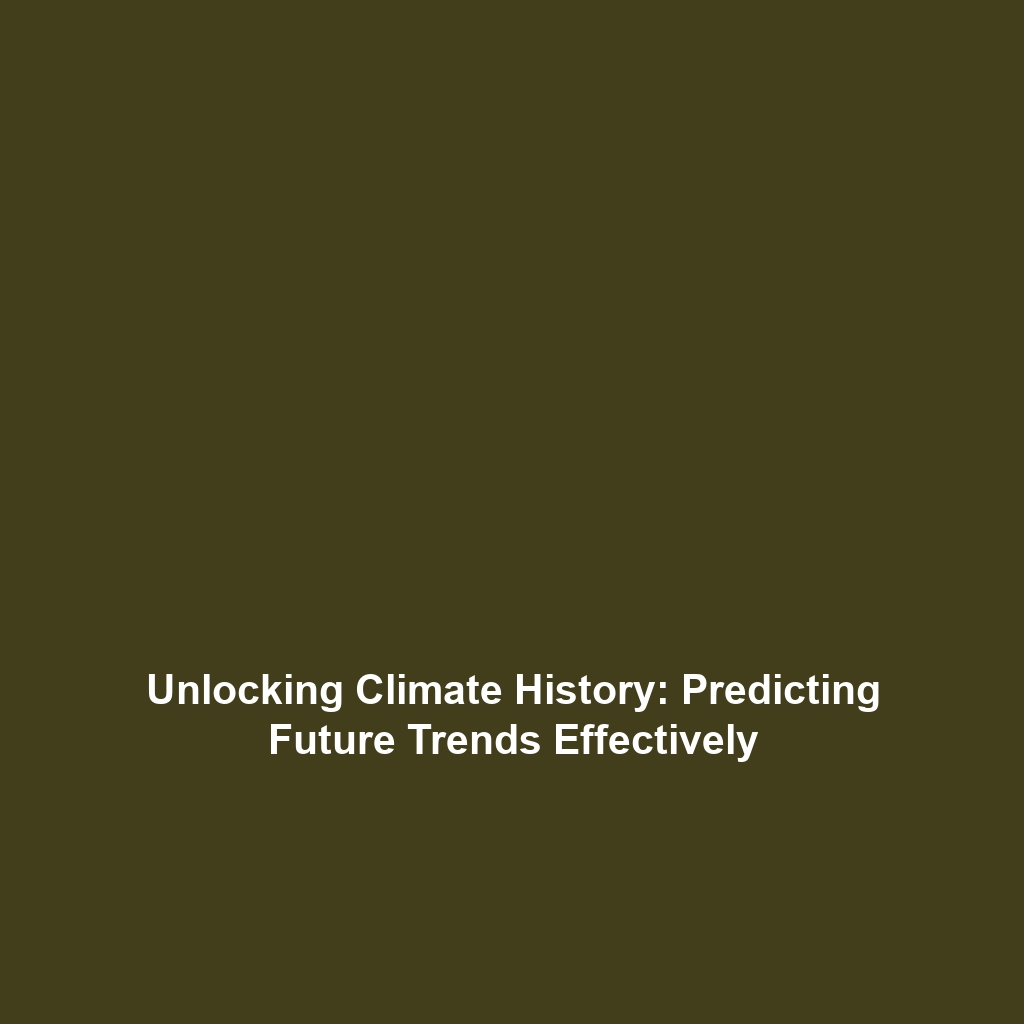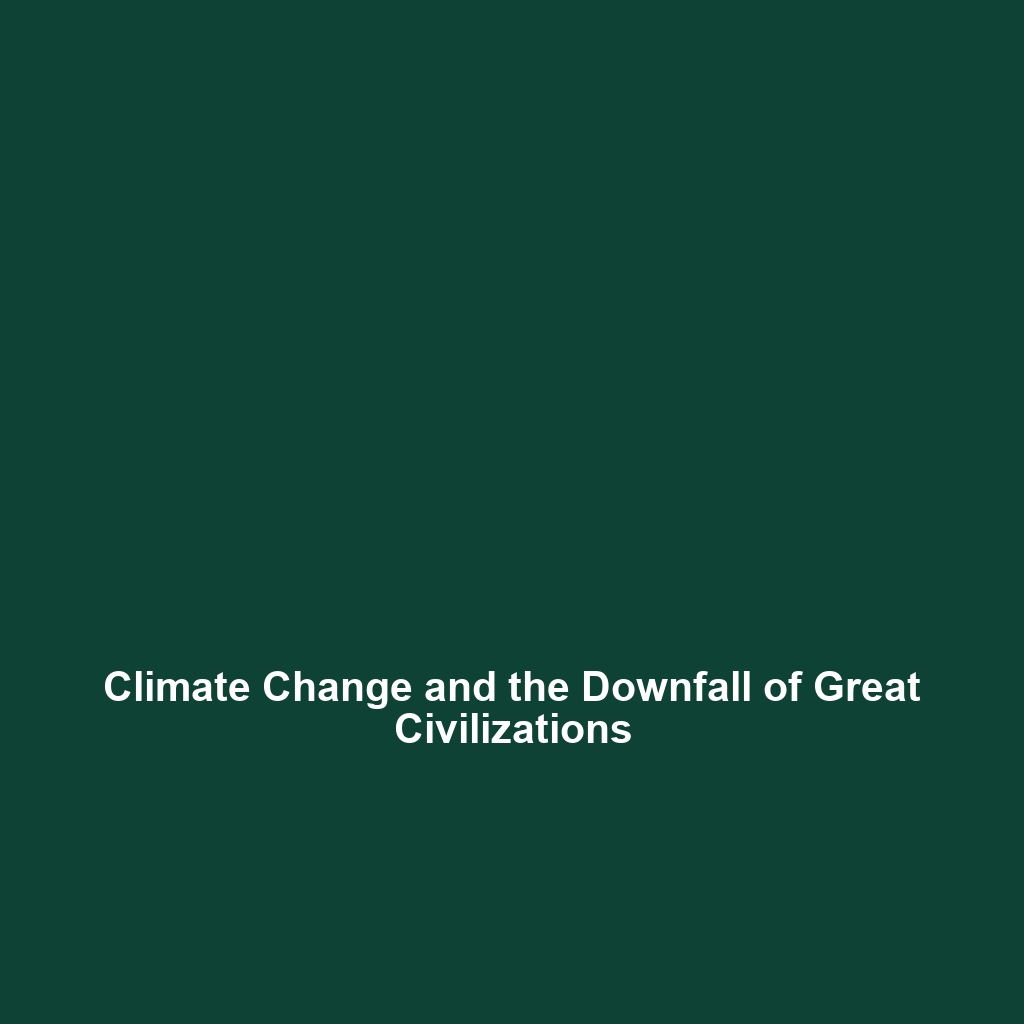Ethical Concerns About Passing Edited Genes to Future Generations
As CRISPR gene editing technology rapidly advances, the ethical implications of manipulating human genes become increasingly critical. The potential to pass edited genes to future generations raises profound questions about genetic integrity, social equity, and the human experience itself. This article delves into the ethical concerns surrounding the inheritance of edited genes, grounding the discussion within the broader context of CRISPR gene editing.
Key Concepts
The ethical concerns regarding passing edited genes to future generations can be understood through several key concepts:
- Genetic Editing: The use of CRISPR technology to alter genetic material.
- Inheritance of Traits: The potential for modified genes to be passed on to future offspring.
- Consent and Autonomy: The challenge of obtaining consent for genetic modifications affecting future generations.
- Equity Issues: The risk of widening the gap between those who can afford gene editing and those who cannot.
These principles underscore the necessity of engaging in thoughtful discussions about the implications of CRISPR gene editing on human evolution and societal norms.
Applications and Real-World Uses
While the ethical concerns surrounding edited genes are profound, practical applications of CRISPR technology are emerging in several fields:
- Healthcare: The potential for curing genetic disorders like cystic fibrosis through germline editing.
- Agriculture: Creating crops resistant to diseases and climate changes through gene modifications.
- Research and Development: Enhanced understanding of gene functions and their impact on human health, progressing towards safe and ethical applications.
These applications exemplify how discussions about ethics are essential in shaping the responsible use of CRISPR gene editing in our society.
Current Challenges
Despite the promising applications, there are several challenges associated with the ethical concerns about passing edited genes:
- Technical Limitations: Ensuring precision and safety in gene editing without unintended consequences.
- Regulatory Frameworks: The lack of globally accepted guidelines for germline editing creates uncertainty.
- Public Perception: Addressing fears and misconceptions related to genetic modifications and their long-term effects.
- Equitable Access: Ensuring that gene editing technologies are available to all segments of society rather than a privileged few.
Future Research and Innovations
The future of ethical gene editing is poised for significant breakthroughs. Research is ongoing to establish robust frameworks that ensure ethical compliance while advancing CRISPR technology. Anticipated innovations may include:
- Improved Gene Editing Techniques: Next-generation CRISPR variants that enhance precision and efficiency.
- Bioethics Education: Programs aimed at educating the public and stakeholders about the implications of genetic editing.
- Policy Development: Initiatives advocating for regulations that balance innovation with ethical responsibility.
Conclusion
The ethical concerns about passing edited genes to future generations represent a significant challenge and opportunity within the field of CRISPR gene editing. As we advance, it is crucial to engage in multidisciplinary discussions that encompass scientific, ethical, and societal perspectives. Stakeholders, including scientists, ethicists, and the public, must collaborate to ensure that gene editing technology is employed responsibly and equitably. For further exploration of these topics, visit our articles on CRISPR Innovations and Ethics in Genetic Research.

